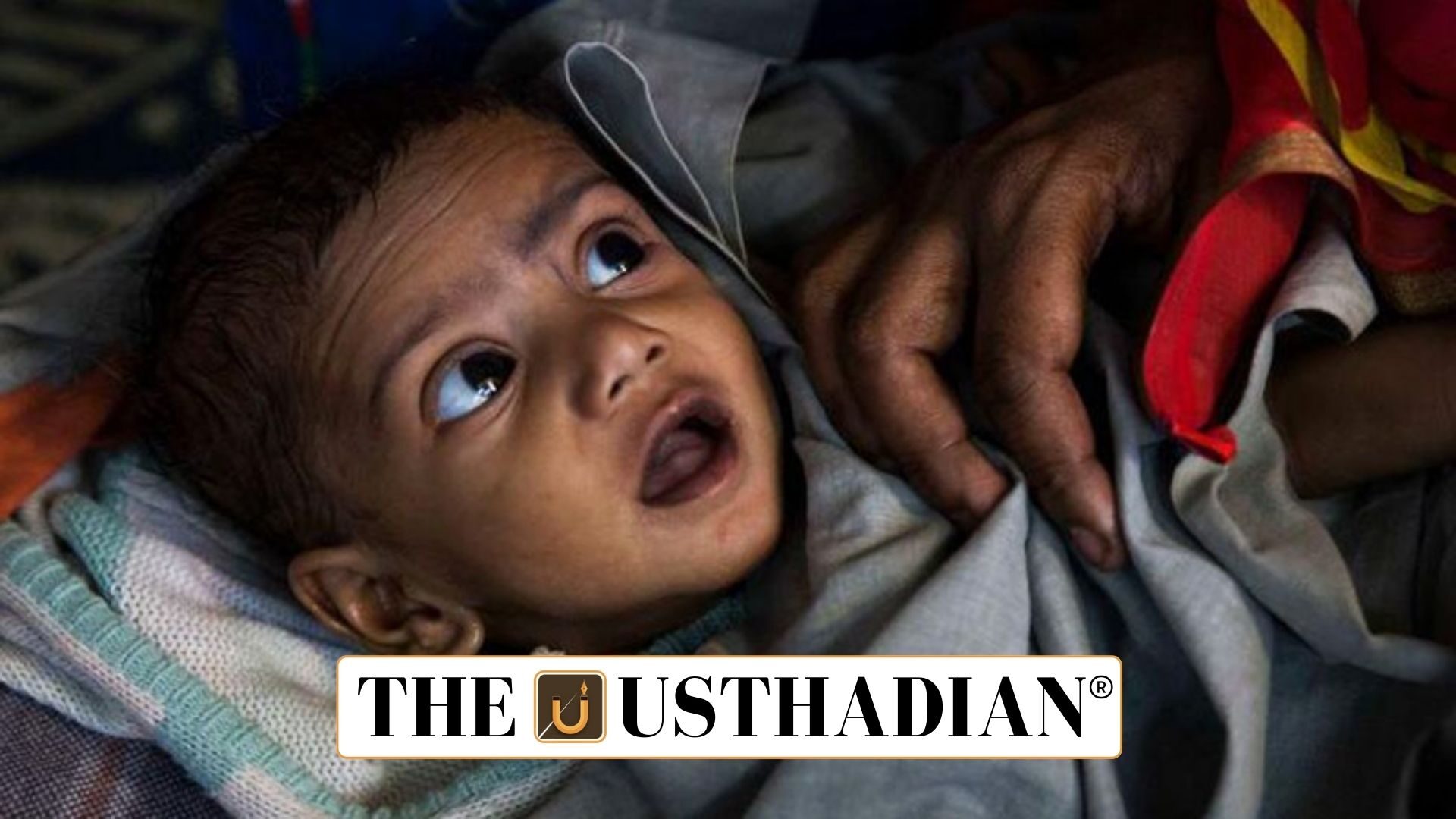What Stunting Means
Stunting in India a Persistent Concern: Stunting describes a situation where children under five are shorter than expected for their age due to long-term nutritional deficiencies. It is not just about height but also about overall growth and development. In 2025, the share of stunted children in India is 37%, barely different from 38.4% recorded in 2016, showing that progress has been slow despite national programmes.
Static GK fact: Globally, South Asia and Sub-Saharan Africa record the highest levels of childhood stunting.
Consequences for Development
Children suffering from stunting often face weakened learning ability, lower productivity in adulthood, and higher vulnerability to poverty. The condition can begin even before birth, as almost half of stunted children are born small, underlining the role of prenatal care.
Maternal Health and Education Role
A mother’s health before and during pregnancy is a key factor in preventing stunting. Anaemia, early pregnancies, and teenage motherhood put infants at greater risk. In India, nearly 7% of women aged 15–19 years have started childbearing. Education also plays a strong role, as children of uneducated mothers are far more likely to be stunted than those of educated women.
Static GK Tip: The Pre-Conception and Pre-Natal Diagnostic Techniques (PCPNDT) Act was enacted in 1994 to regulate prenatal care and prevent gender-based discrimination.
Food Practices and Infant Nutrition
Dietary quality is another major driver. Only 11% of children below two years get a diet that meets both variety and frequency requirements. Exclusive breastfeeding is limited, with just 64% of infants under six months being breastfed exclusively. Increasing caesarean births (over 22% in 2021) also delays the start of breastfeeding, reducing its benefits.
Sanitation and Hygiene Factors
A child’s surroundings significantly influence nutrition outcomes. Around one-fifth of Indian households still practice open defecation, exposing children to repeated infections. Such infections affect nutrient absorption, further worsening malnutrition. Access to clean water, toilets, and hygiene awareness are vital for breaking this cycle.
Static GK fact: India launched the Swachh Bharat Mission in 2014 to improve sanitation and reduce open defecation.
Social and Economic Inequalities
The persistence of stunting highlights wider social disparities. Families in poorer and tribal regions have limited access to protein, micronutrient-rich foods, and healthcare. While programmes such as POSHAN Abhiyaan and the inclusion of eggs in Anganwadi meals have helped, implementation gaps and uneven coverage limit their effectiveness.
Moving Ahead
Addressing stunting requires a multi-pronged approach—strengthening maternal care, diversifying diets, expanding sanitation, and tackling poverty. Empowering women through education and ensuring effective delivery of nutrition schemes are key to breaking the cycle of undernutrition in India.
Static Usthadian Current Affairs Table
Stunting in India a Persistent Concern:
| Topic | Detail |
| Stunting rate 2025 | 37% of children under five |
| Stunting rate 2016 | 38.4% of children under five |
| POSHAN Abhiyaan launch year | 2018 |
| Annual stunting reduction target | 2% points annually |
| Exclusive breastfeeding rate | 64% (under 6 months) |
| Caesarean deliveries | Over 22% in 2021 |
| Open defecation | 19% households |
| Adolescent pregnancies | 7% of women aged 15–19 |
| Minimum acceptable diet | Only 11% of children under 2 |
| Key government programme | POSHAN Abhiyaan, Anganwadi nutrition scheme |








